Christmas Services and Songs at King's Chapel: English Traditions to Today's Celebrations12/17/2020 By Faye Charpentier, History Program Director Earlier this month, our “holiday history” focused on some of the cultural and secular aspects of Christmas traditions at churches like King’s Chapel. But Christmas, of course, is a religious holiday at its core. This week, as Christians around the world prepare to celebrate Christ’s birth, our history content focuses on what Christmas services looked like in King’s Chapel’s history as well as what music was incorporated into it. From its founding in 1686 through the American Revolution in the 1770s and 1780s, King’s Chapel was home to an Anglican congregation and followed a specific liturgy, held in common by all Churches of England in Britain and her colonies. By the time King’s Chapel was founded, the church’s liturgy was historic in its own right. The Book of Common Prayer, introduced as the communal liturgy to be used across all Churches of England, came into being shortly after the formation of the Anglican church in the mid-1500s. In 1549, fifteen years after Henry VIII declared himself head of the Church, theological scholar Archbishop Thomas Cranmer drafted a centralized liturgy, during the reign of King Edward VI. In England, the Book of Common Prayer made literate worshippers more active participants in their faith, as they could now access its fundamental texts that had previously been rare, expensive, and not printed in English.
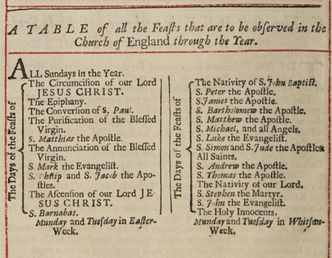 The ministers and congregants at colonial King’s Chapel would have followed the calendar of feast days laid out in the opening pages of the Book of Common Prayer. Seen here in a 1706 prayer book, Christmas Day is marked as “The Nativity of Our Lord,” shortly followed by the Feast of St. Stephen which honors the first Christian martyr, who was stoned to death. If you are familiar with the traditional Christmas song “Good King Wenceslas,” this is the feast day on which the song takes place. While we’ll discuss music’s role in Christmas at King’s Chapel further on, the “twelve days of Christmas,” run from Christmas on December 25 through the Feast of the Epiphany on January 6, which is marked as the second feast day of the year for colonial Anglicans. 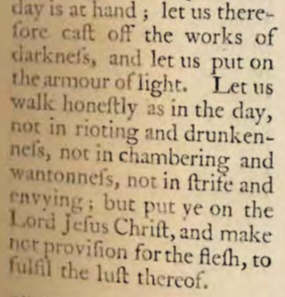 Before traditional feast days in the Church of England’s liturgical calendar were periods of fasting and abstinence, including the day before the feasts and each Friday of the year...with one exception. If Christmas Day fell on a Friday (like it does this year in 2020!), Anglicans were exempt from fasting and abstaining from certain foods and behaviors! That said, the liturgy read in the church during the first week of Advent in the lead-up to Christmas did urge church members to respect the seriousness of the holiday to their spiritual lives. Worshippers were called to avoid certain secular traditions common in England during the 1600s and 1700s which included what can most simply be described as rowdy partying. The “epistle,” or letter read during worship at the start of Advent at King’s Chapel and other Anglican churches in the 18th century, concluded with: “Let us walk honeftly as in the day, not in rioting and drunkennefs, not in chambering and wantonnefs, not in ftrife and envying. But put ye on the Lord Jefus Chrift, and make not provision for the flefh, to fulfil the lufts thereof.” King's Chapel's Minister Emeritus the Reverend Carl Scovel explains the intention behind these fasts simply: “The purpose of these disciplines is not to suffer or prove oneself, but to open oneself to God’s presence.” When December 25 arrived at colonial King’s Chapel, both Morning Prayer and Evening Prayer were held, though Evening Prayer took place at 2pm in the winter months, while Morning Prayer was at 10am year round. From the diaries of Judge Samuel Sewall, we see these service times confirmed in his observation of King’s Chapel’s first Christmas service in 1686: “Govr [Edmund Andros] goes to ye Town-House to Service Forenoon and afternoon, a Redcoat going on ‘s right hand and Capt. George on ye left.” While contemporary Christmas services at King’s Chapel follow a different pattern, prior to the 1980s, Christmas worship followed the structure laid out in the 17th century Anglican Book of Common Prayer. The printed liturgy for “The Nativity of our LORD, or the Birth-day of CHRIST, Commonly called Chriftmas-day” followed a the structure familiar to congregants from their weekly worship, but with Christmas-specific substitutes for the Collect, the Epistle, and the Gospel. When King’s Chapel’s members and its young minister revised their prayerbook in 1785 and emerged as the first Unitarian Church in the United States, they maintained much of the basic structure and language for services from their Anglican heritage. This included the Advent and Christmas services, which remained largely unchanged at King’s Chapel through the mid-19th century.
From the history we shared in previous weeks, we know that the chapel was beautifully decorated with evergreens each Christmas from the 1690s onwards. An enlightening description of Christmas at King’s Chapel comes from Manasseh Cutler in 1765. Cutler would later become a Congregational Clergyman and a Congressman, but in 1765 at age 23 while living in Dedham, he celebrated Christmas in Boston at King’s Chapel and wrote about his experience. He likely remembered this Christmas for years later, since he met his wife that Christmas eve, when the two took a carriage to Boston and listened to the bells at the Old North Church: “Dec. 25, Wed. Christmas. Went to church at King’s Chapel, where was a very gay and brilliant assembly. Several intervals, in reading service, made for singing anthems, which were performed extremely well. Service was read by Parson Caner, and a sermon preached, or rather a harangue pronounced by Parson Troutback. After the service a collection was made for the poor. Then the sacrament was administered (which I did not tarry to see). Dined at Mr. Williams’. A very handsome dinner. In the afternoon service was read, and anthems sung, but no sermon. This church is built of stone, is very beautifully adorned with carved pillars, several images, etc. Here is a very good set of organs, but not bells, as the steeple is not erected.” The following day, he joined in another feast and went for a sleighride, summing his experience up as “so much for Christmas.”
Reverend Francis William Pitt Greenwood, who grew up at King’s Chapel before becoming assistant minister in the 1820s and later the senior minister, introduced additional music to King’s Chapel’s hymnal during his tenure. This included the works of Isaac Watts and Charles Wesley, both of whom contributed to new Christmas music in the 18th century, who are the lyricists of two Christmas songs still sung regularly today: “Joy to the World” and “Hark! The Herald Angels Sing.” Isaac Watts, an English minister, published the words for “Joy to the World” in 1719, and the song may have been known to members of King’s Chapel as they enjoyed Christmas music outside of a church setting. The tune used for the song today actually comes from a Unitarian composer in Massachusetts. While this composer, Lowell Mason, does not have a personal connection to King’s Chapel, he was a member of the faith introduced to the United States at King’s Chapel about 45 years prior to his 1833 composition. 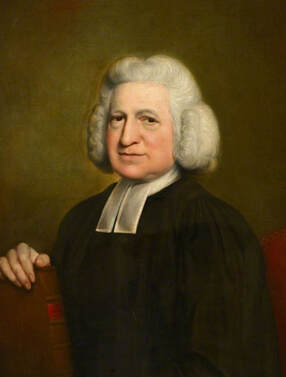 Charles Wesley, the writer of “Hark! The Herald Angels Sing,” who was involved in establishing the Methodist Church with his brother John, does have a personal connection to King’s Chapel. During a month-long visit to Boston in the fall of 1736, Charles Wesley was invited by the city’s Anglican ministers to preach at their churches. On both September 26 and October 3, 1736, Wesley preached a morning service at the Old North Church, followed by an afternoon service at King’s Chapel, where he had been invited by the Reverend Roger Price. Three years later, Charles Wesley wrote one of his most famous songs, “Hark! The Herald Angels,” originally titled “Hymn for Christmas-Day” and set to a different tune. While we do not have further details from King’s Chapel’s 1865 Christmas Carol service, perhaps these songs were included. Christmas music history was made at King’s Chapel in 1815. The Handel and Haydn Society's first public concert, which included excerpts from Handel’s Messiah, took place on Christmas at King’s Chapel. The concert was held on December 25, 1815 and included the famed “Hallelujah Chorus,” several years before the Society would perform the North American premiere of the entire piece. The Handel and Haydn Society has become a world-renowned orchestra and has maintained the special place Handel’s Messiah holds in their repertoire with annual performances of the piece since the 1850s! Today, as in past centuries, music is central to Christmas worship at King’s Chapel. While the congregation has explicitly incorporated Christmas carols into their service since 1865, the church adopted a specific Christmas service, known as Lessons and Carols. This style of service began at an English cathedral in 1880, and was popularized by King’s College in Cambridge: “The service consists of eight lessons, interspersed with carols that tell the story of our salvation including creation, fall, and prophecy, the the annunciation and the birth of Jesus, as well as his ministry and the mystery of the incarnation.” (Carl.) 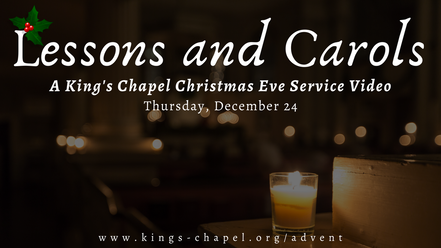 This year, King’s Chapel’s annual Lessons and Carols Christmas Eve service will be presented virtually as a pre-recorded worship video, available on the King's Chapel homepage and YouTube channel starting at 9:00AM on December 24th. Sources:
https://books.google.com/books?id=aHMOAAAAIAAJ&printsec=frontcover&source=gbs_ge_summary_r&cad=0#v=onepage&q&f=false http://justus.anglican.org/resources/bcp/kings_chapel1785.pdf https://archive.org/details/bookofcommonpray00chur_12/page/n35/mode/2up https://archive.org/details/gri_33125009081619/page/n21/mode/2up?q=light https://handelandhaydn.org/about/history/beyond-messiah/ https://www.umcdiscipleship.org/resources/history-of-hymns-hark-the-herald-angels-sing https://archive.org/details/annalsofkingscha02foot/page/216/mode/2up https://archive.org/details/annals00foot/page/18/mode/2up
0 Comments
Leave a Reply. |
King's Chapel History ProgramDive deeper into King's Chapel's 337 year history on the History Program blog. Archives
July 2023
Categories
All
|

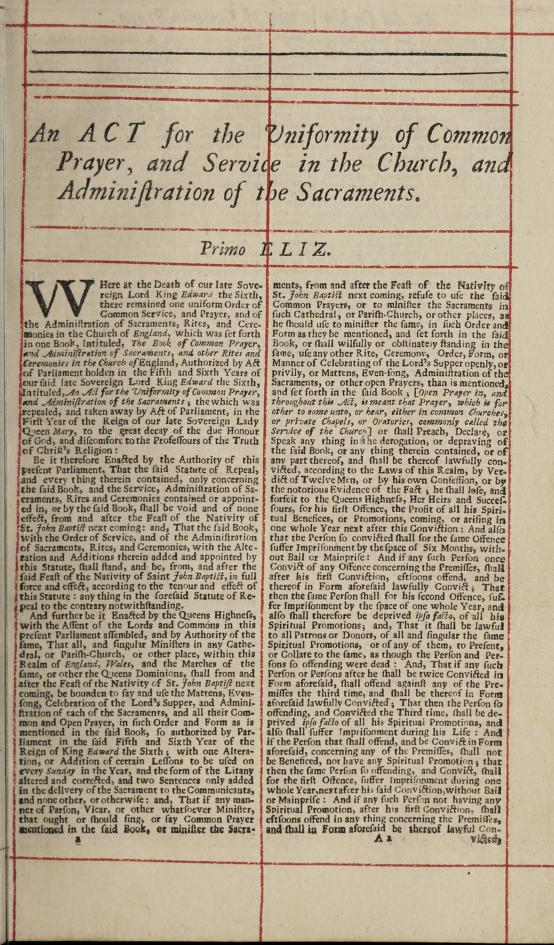
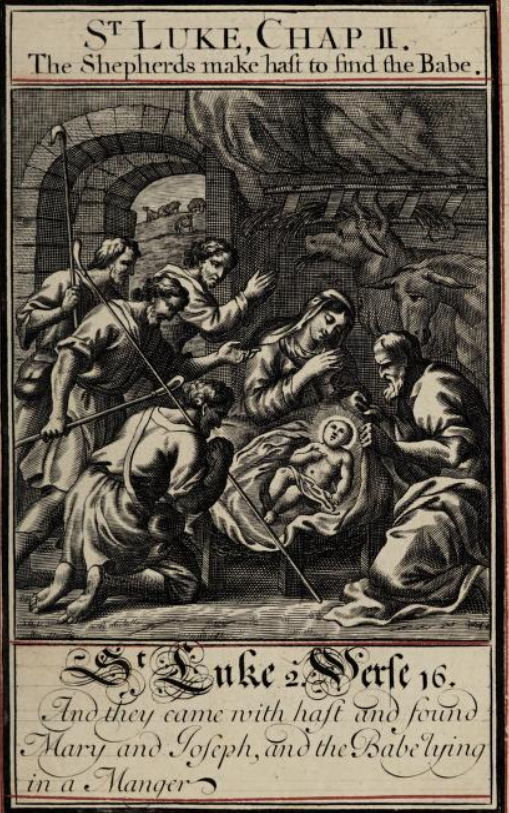
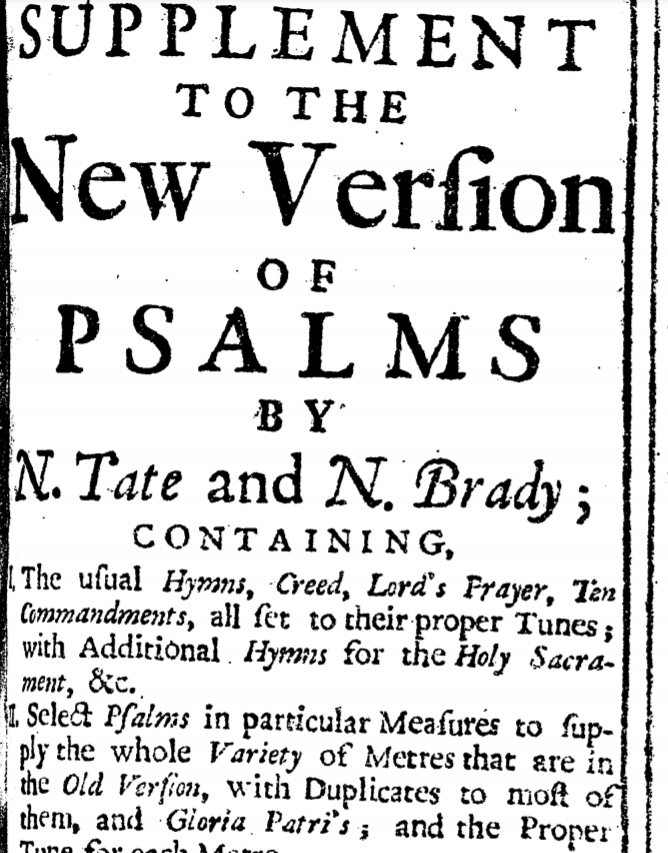
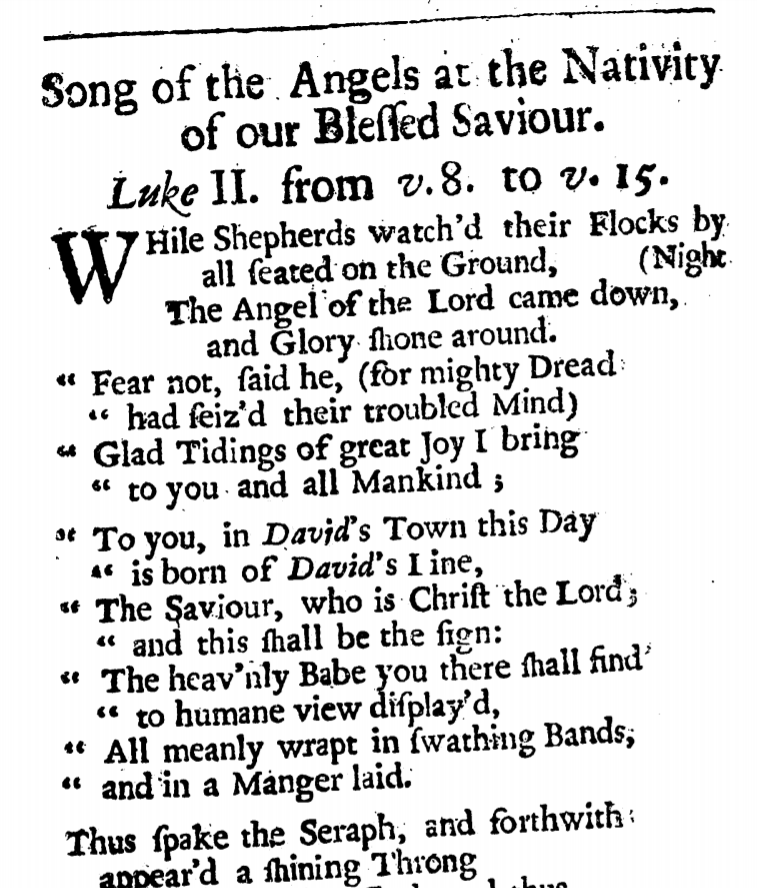
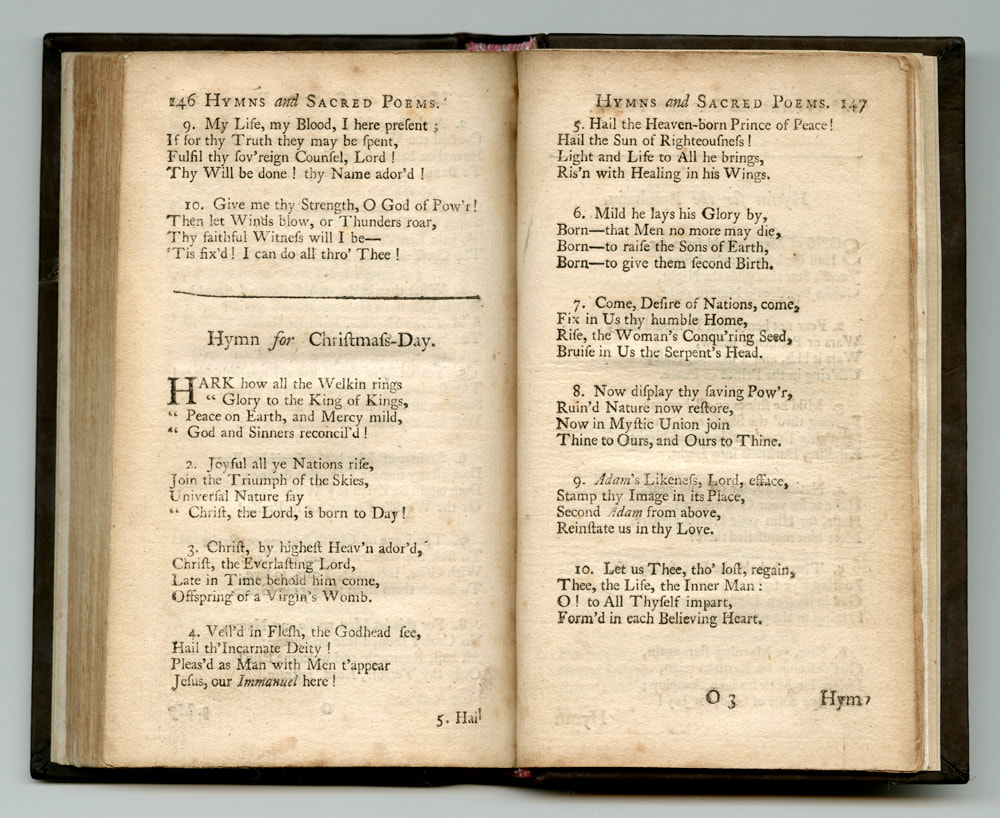
 RSS Feed
RSS Feed